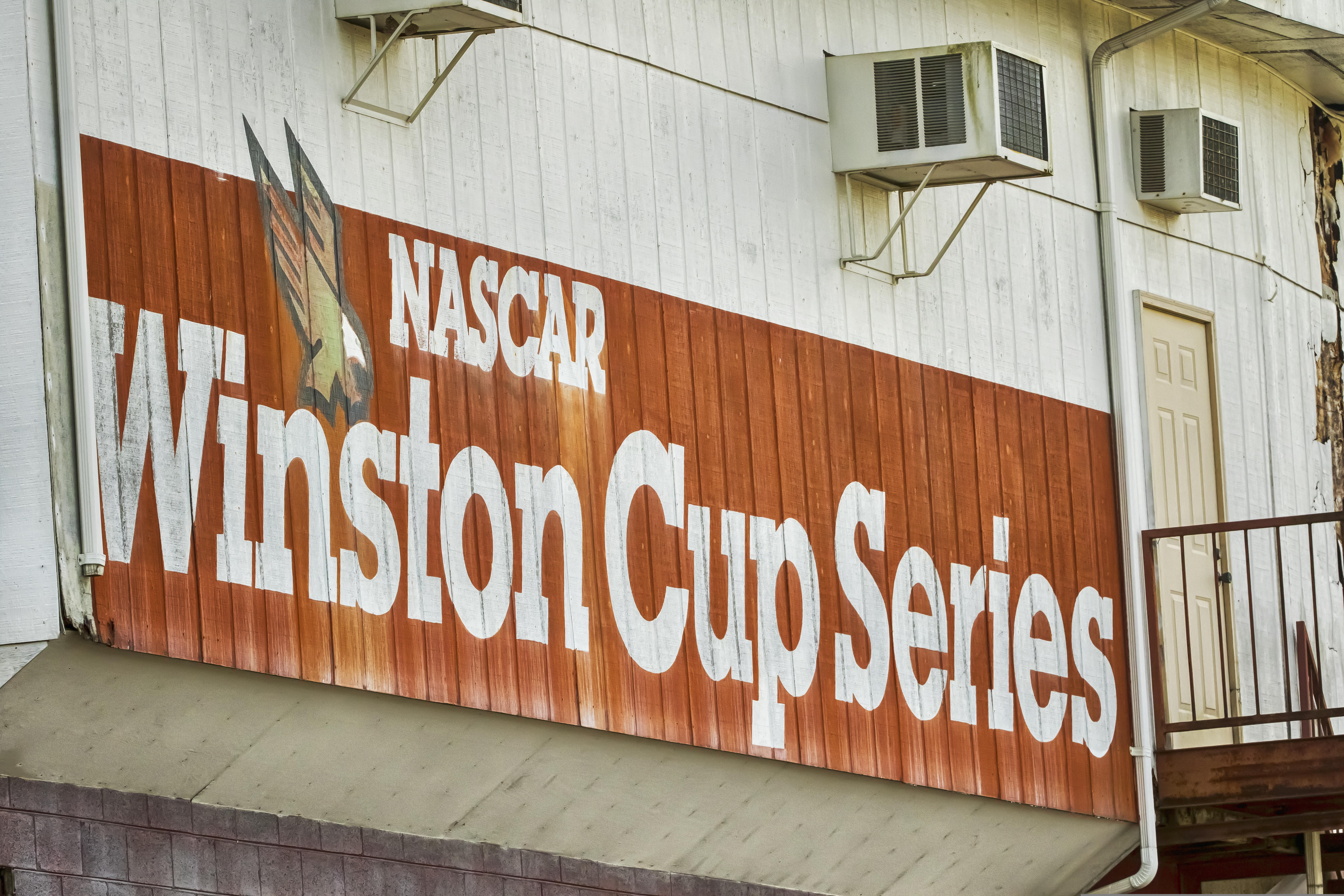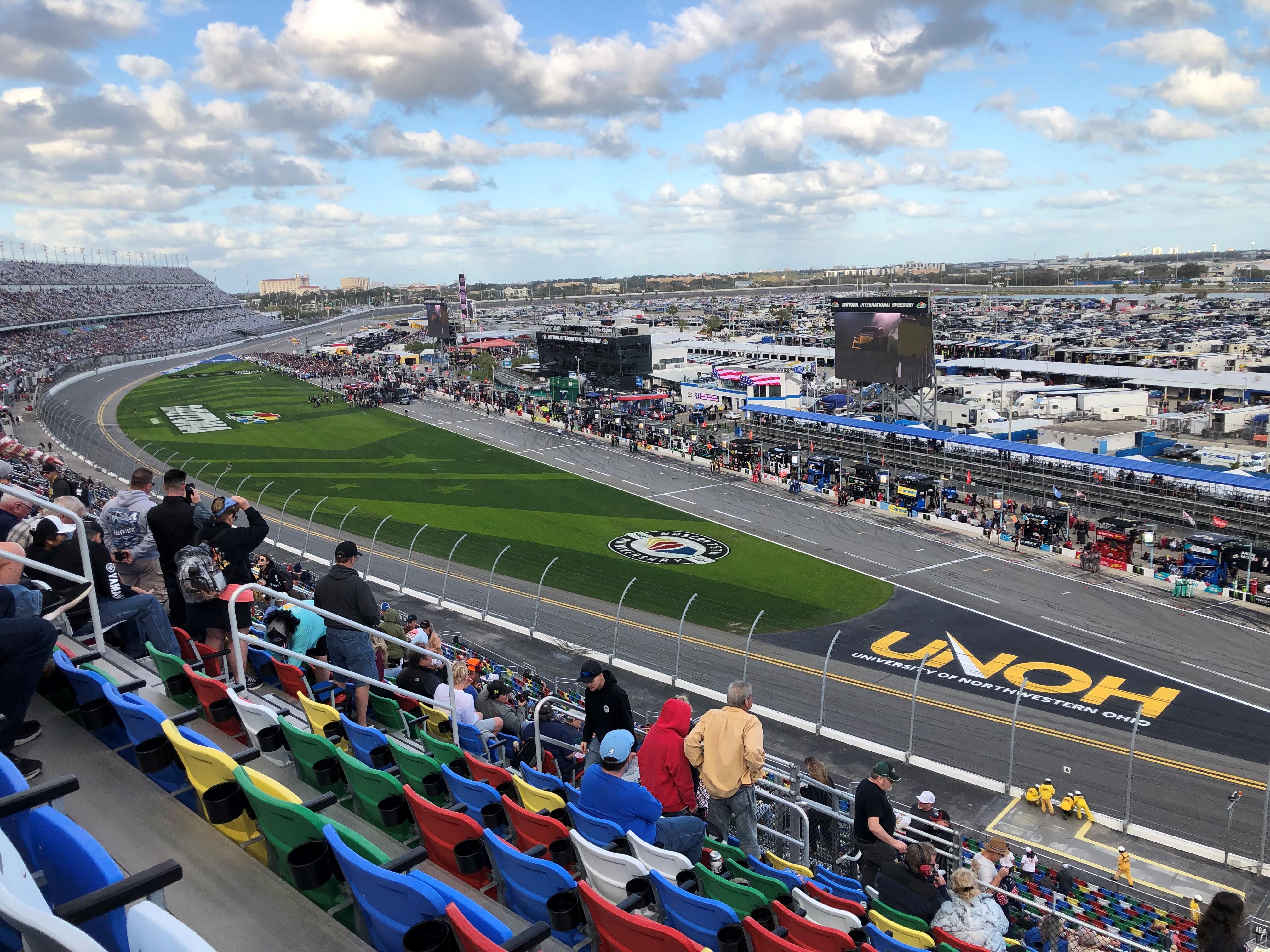NASCAR has undergone significant transformations since its humble beginnings in the southern backwoods. From moonshine runners tearing up dirt roads to high-speed spectacles at Daytona, the journey of NASCAR is one marked by innovation, controversy, and a relentless pursuit of speed.

In the early 20th century, moonshine runners in the South not only evaded the law but also honed their driving skills on treacherous backcountry roads. These daredevils laid the foundation for what would become organized racing. It was in this landscape that Bill France Sr, seeking refuge from the Great Depression, found himself in Daytona Beach, Florida, where the first seeds of NASCAR were sown.
The inaugural NASCAR race, held on the sandy shores of Daytona Beach in 1948, was a chaotic affair with stock vehicles vying for victory. Recognizing the need for structure and rules, Bill France Sr. swiftly established NASCAR as a governing body, setting the stage for the sport's evolution.
The early years of NASCAR were characterized by ingenuity and rule-bending. Crew chiefs like Smokey Yunick pushed the limits of innovation, constantly seeking ways to gain a competitive edge. As the sport gained momentum, so did the need for purpose-built tracks. In 1959, Daytona International Speedway emerged as NASCAR's crown jewel, ushering in a new era of high-speed racing on paved ovals.

Throughout the 1960s and 1970s, NASCAR experienced exponential growth, expanding its reach beyond the South and attracting mainstream attention. The partnership with Reynolds Tobacco, culminating in the Winston Cup Series, brought unprecedented exposure and sponsorship to NASCAR. Iconic tracks like Talladega Superspeedway and Michigan International Speedway became synonymous with the sport's adrenaline-fueled action.
The 1980s and 1990s saw NASCAR transition into a more corporate entity, with standardized cars and a growing emphasis on safety. While these changes were necessary for the sport's longevity, they also signaled a departure from its rough-and-tumble roots. As NASCAR entered the new millennium, it had become a polished spectacle, drawing millions of viewers worldwide.

Today, NASCAR stands as a testament to the vision of its founders and the enduring spirit of American motorsport. While the sport may have evolved from its origins, its essence remains unchanged—a thrilling showcase of speed, skill, and competition. Whether it's the Daytona 500 or a local dirt track race, NASCAR continues to captivate audiences and inspire generations of racing enthusiasts. As we reflect on the journey of NASCAR, from moonshine trails to Daytona's hallowed grounds, one thing is clear—the spirit of racing endures, fueled by a relentless pursuit of victory and the roar of high-performance engines.

In conclusion, NASCAR's evolution is a testament to the sport's resilience and adaptability. From its humble beginnings to its status as a global phenomenon, NASCAR remains a symbol of American ingenuity and passion for speed. As we look to the future, one thing is certain—whether it's on the backroads of the South or the high banks of Daytona, the heart of NASCAR beats strong, driving the sport forward into new horizons.
